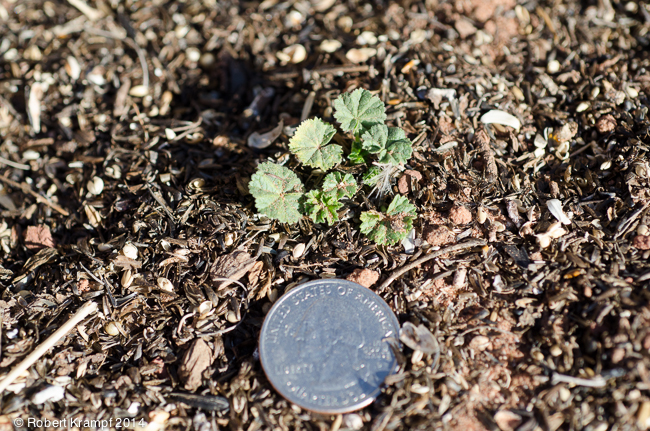
As the weather warms up, Nancy and I have been working on our gardens. It is still too soon to plant much, as the nights are still dropping below freezing, but quite a few sprouts are appearing. Some of them are native plants, while others are from last years flowers. The challenge is figuring out which is which. To help with that, I am using my camera to make a sprout guide, a digital collection of sprout photos. Every few days, I photograph the same plants until they are mature enough to identify. Along the way, I am finding that some of the plants are quite a challenge.
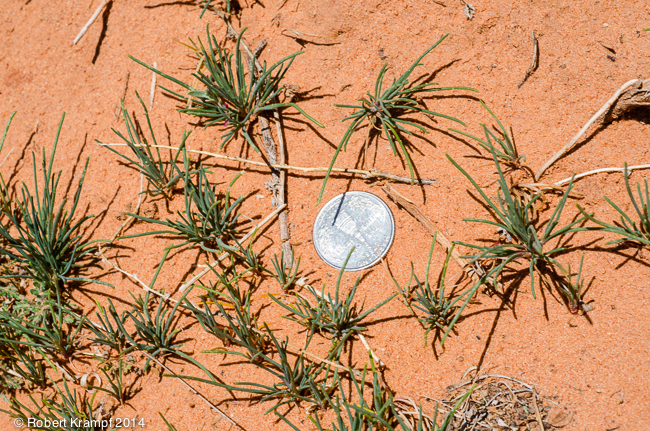
These sprouts are an excellent example of how different a young plant can appear. At first glance, they look like grass. Looking closer, the leaves are not flat like grass. Instead, they are rounded, more like pine needles than grass.

As the plant grows, it develops short, triangular leaves and small, pretty flowers. It still does not look like the version of this plant that we usually think of.
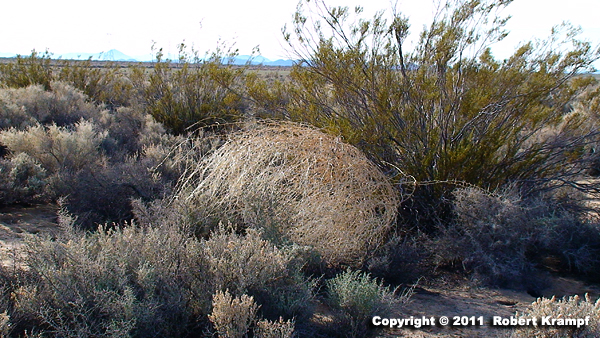
It is only when the plant matures and dies that it is easily recognizable as a Tumbleweed. This is an invasive species, originally from parts of Russia. It has adapted very well to the Western U.S., and is considered an undesirable weed. When they reach the "tumbleweed" stage, they are covered with sharp spines.
I did some research on them, and found something interesting. When they are young sprouts, they are edible. Yesterday, I weeded the garden, and then sautéed the sprouts in butter with some onion and parmesan cheese. They were quite good. I have enjoyed edible wild plants since I was very young, and am always delighted to try something new.
If you are interested in edible, wild plants, be VERY sure that you identify a plant properly before you try eating it. While there are many "weeds" that are very tasty and nutritious, there are also plenty of wild plants that are poisonous. Even if you are sure that a plant is edible, always start with a very small taste first, in case you are allergic to it. I usually start with a single bite the first day, and a couple of bites the second day, watching carefully for any reaction.
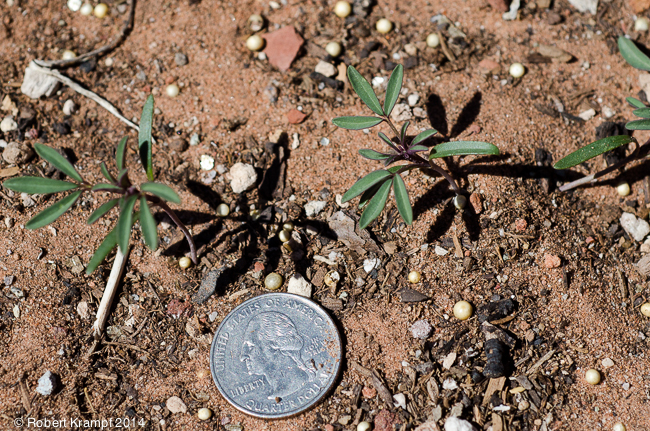

For other plants, the sprouts are very similar to the adult plant. The sprouts on the left will grow into Yellow Beeplants (Cleome lutea). The photo on the right is the adult plant. These are common wildflowers in our area. We love the flowers, and so do the local bees and butterflies. We are very careful to leave these sprouts as we do our weeding. Native Americans used this plant to produce a black paint for their pottery, and as an emergency food supply. I sampled it, and it is quite bitter, but if there was nothing else to eat, you could survive on it for a while.

Another common sprout in our garden is often found in small clumps. These are the sprouts of sunflowers. They grow in clumps because they were collected from our bird feeders by chipmunks and ground squirrels. They bury the seeds to store them for later, and often forget where they buried the seeds. As the weather warms up, all those forgotten seeds begin to sprout, adding sunflowers to our gardens.
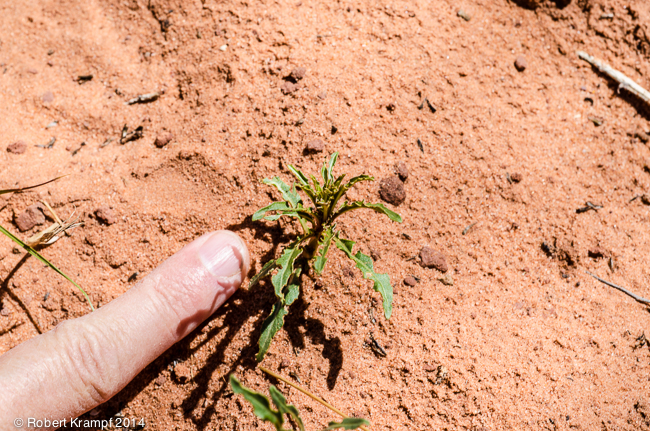
Learning to recognize sprouts can also tell you what to get rid of. This sprout is definitely NOT welcome in our garden. This is Ragweed, and I am very allergic to its pollen. By learning to recognize it as a sprout, I can get rid of the sprouts when they are small. That is much easier than when the plant gets larger, with deep, strong roots.
One of the great things about photographing sprouts with a digital camera is that almost all digital cameras record the date on the photograph. That lets you sort last year's sprout photos, to see when it is time to start snacking on tumbleweeds and hunting down the ragweed sprouts.
